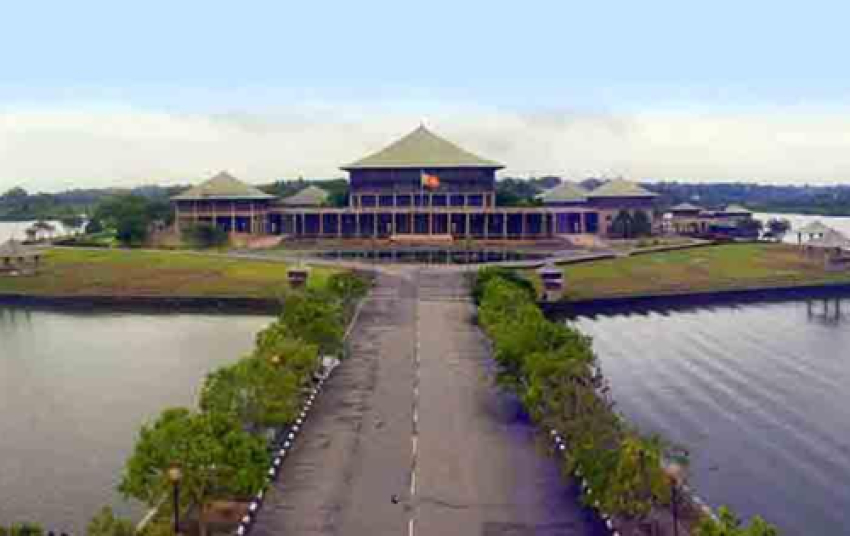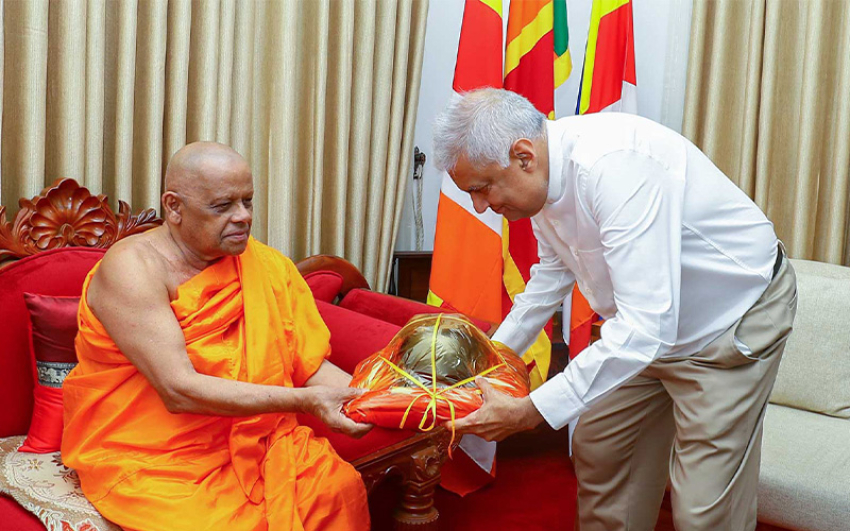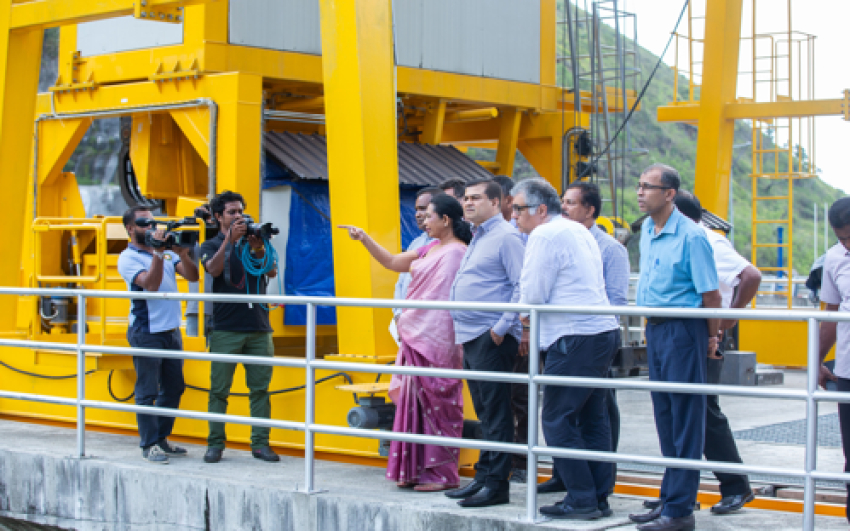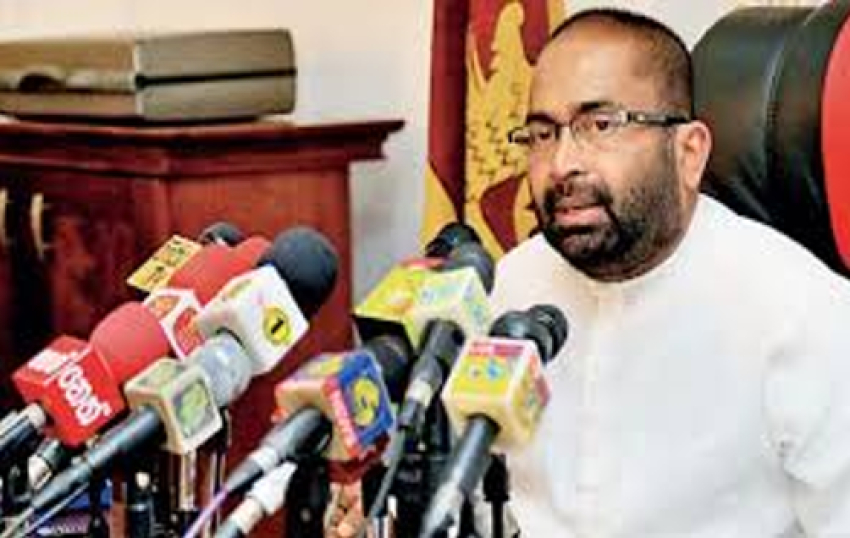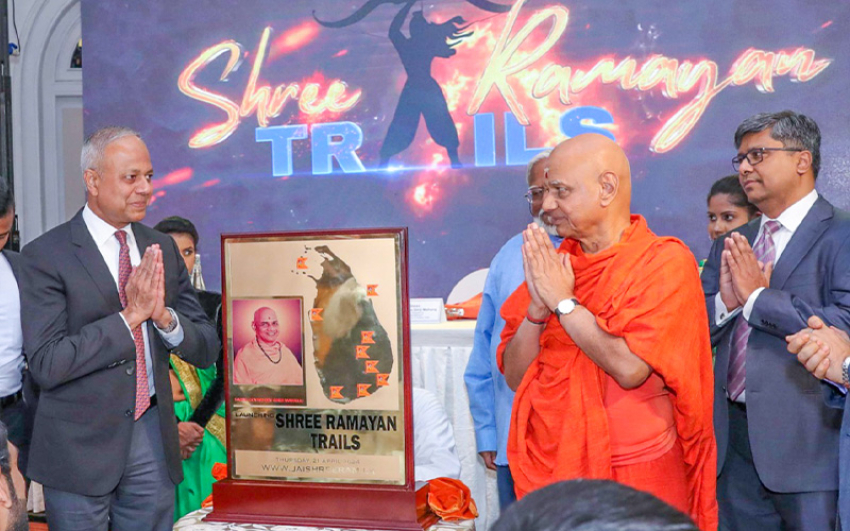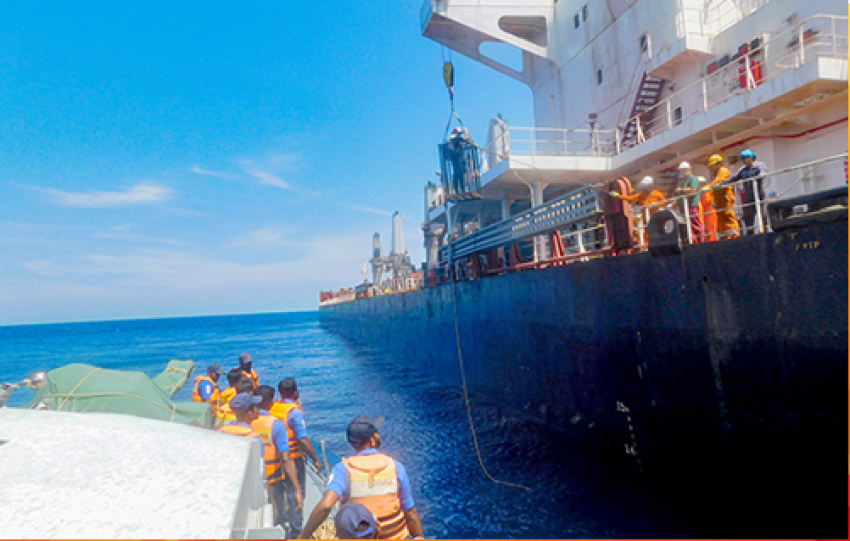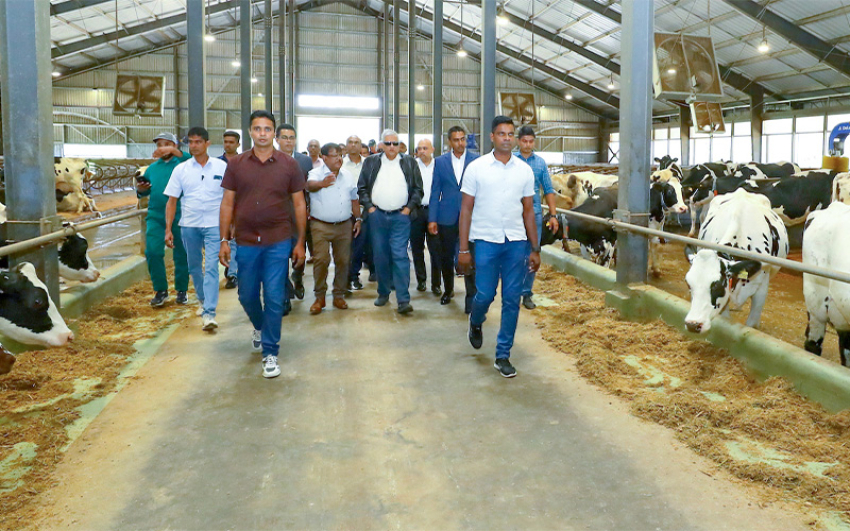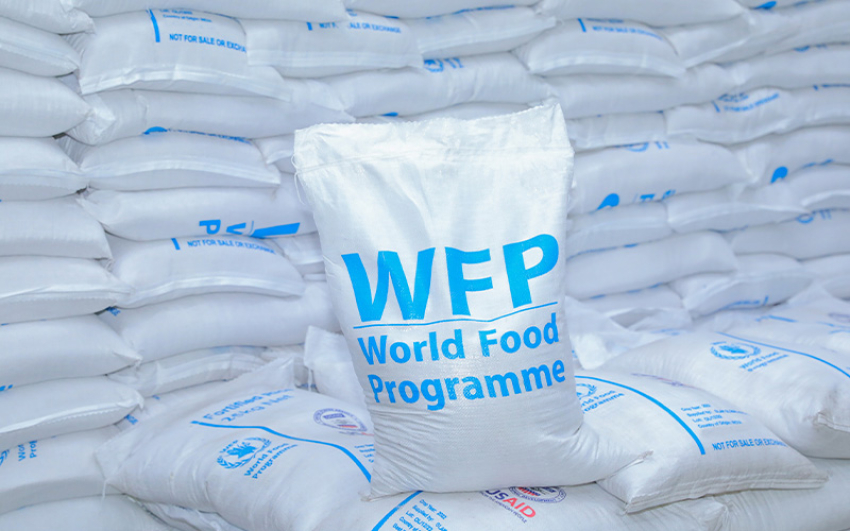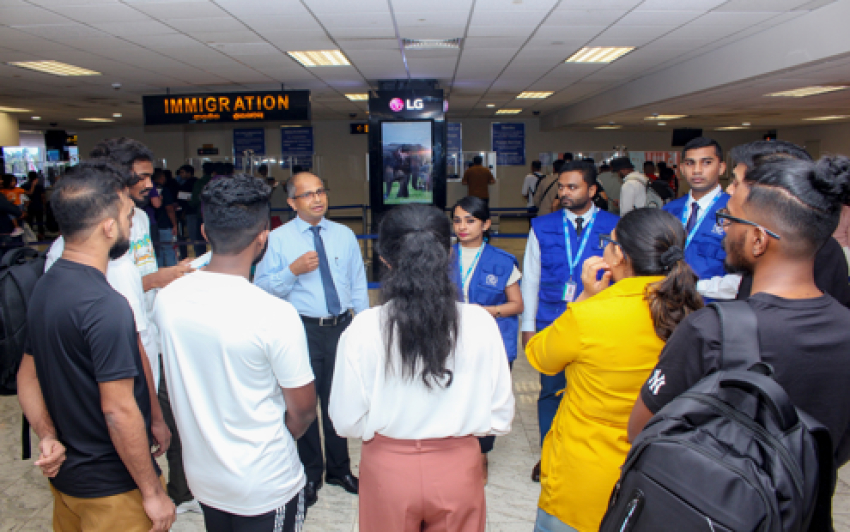The Women’s Development Federation (WDF) in Hambantota is the biggest ever such organisation in Sri Lanka with 70,000 members. It functions across the entire Hambantota district and in five District Secretariat (DS) divisions in the Moneragala district establishing 1,272 women’s development associations.
Its microfinance operation has expanded to 158 Janashakthi Bank associations with a net asset base of Rs. 517 million earning a surplus of Rs. 70 million. It commenced its operation as a non-governmental organisation (NGO) on December 29, 1989. One of the methods used by the WDF is a strategic approach and its success at the juncture of its 30th anniversary is having a team of professionals who are familiar with this operation.
The WDF received financial backing for many projects from the Stromme Foundation in support of empowering the disadvantaged and also funds for increasing the volume of lending capacity of Janashakthi Bank societies of the WDF.
Micro insurance initiatives started by the WDF were added to a series of services through which the participation of women and the collaboration of their ownership were ensured and policies such as credit insurance, social security and the Divisarana scheme were introduced.
The WDF has potential to become the leading women’s development federation in South Asia empowering the distressed families through the provision of microfinance and social advancement services. Its mission is to offer financial and non-financial services, including social, spiritual and environmental services for the empowerment of disadvantaged and distressed women and their families in selected geographical groups through participatory and holistic processes.
The WDF has proved that a successful poverty alleviation approach and strategy was possible in the Hambantota and Moneragala districts because these two districts are most suitable for such activities. The WDF differs from other microfinance organisations which tends enmesh the borrower into a debt trap instead of improving their wellbeing.
The development model cultivated by the WDF identifying and enhancing the skills of lower-income group women who were previously isolated and confined to their homes and customising microfinance programmes to cater to the needs of the poorest segments are much appreciated. Taking a challenge from the mainstream development path, the WDF took bold efforts to build community-based organisations represented and led by the marginalised communities.
In the late 1980s when Hambantota was a poor district with social indicators well below the national level a remarkable event was kindled. A group of women appealed to some senior state officials to help build their collective capacity to secure the lives of their children and their families. At that time, the then government had launched a major poverty alleviation programme called Janasaviya.
The seeds of the WDF germinated from Janasaviya. The founder of the WDF was the then district secretary W.G. Mithrarathne.
Looking back at the achievements of the past 30 years, the WDF has strengthened its microfinance services in different ways and has extended the services to the Moneragala district. Twenty Janashakthi Bank societies established in 1990 increased to 156 in 2013 and this was the highest number of bank offices put up by any institution.
In 1990, subsequent to the commencement of WDF activities, the complexity in obtaining financial services through conventional banks cropped up.
The majority of Janasaviya beneficiaries were living on unauthorised land and under these circumstances, the Janashakthi Bank societies took initiative to release loans based on social collateral instead of physical guarantee or security.
The WDF has become a mass movement in adult education. The WDF has also created history in Sri Lanka and the South Asia region in mobilising the largest number of low-income group families to a mass movement in human development.
The foremost objective of the WDF is the alleviation of poverty and empowerment of women which are also considered as two of the millennium development goals. The WDF is a microcosm of democracy at work with good governance and transparency at all levels of its activities. The observance of a code of ethics by the membership and the value-oriented oath recited at all meetings has a salutary effect.
As Hambantota is a district in the dry zone, the supply of water plays an important role in agriculture. The main irrigation projects in the Hambantota district are the Kirama Oya and Udawalawa and Kirindi Oya projects. There are also a number of irrigation projects based on small tanks. A considerable area of cultivated land comes under chena cultivation which has no irrigation facilities.
A considerable number of member families of the WDF live in chenas and unauthorised cultivation land. The area has only small-scale irrigation systems. The main problems they face are the lack of water, wild elephant invasion and stray cattle.
The Women’s Development Federation has implemented a separate programme to develop home gardens under which steps have been taken to develop 1,047 home gardens and 1,374 sample gardens. The programme is aimed at increasing the income of families as well as improving their nutrition.
Some WDF-member families have obtained loans from Janashakthi Banks to start small-scale projects such as renting out of furniture and equipment and temporary structures for functions.
Some surveys have revealed that 30 percent of lower-income group family members spend a considerable amount of their income on cigarettes and liquor, badly affecting the health and education of children. In addition, the untimely death of the breadwinner poses problems. As a solution to these problems, the WDF conducted a special programme with the assistance of the Sri Lanka Canada Development Fund (SLCDF) and Alcohol and Drug Information Centre (ADIC) trainers. The ADIC trained a group of pilot officers for the WDF. These pilot officers educated rural women leaders. The women’s societies implemented programmes to build up a strong opposition against smoking and liquor within the family.
The WDF inaugurated the social insurance scheme, Divisarana in June 2002. The monthly contribution to join the scheme is only Rs. 30 and it provides insurance cover for the whole family. While there are 204 full-time employees and 145 part-time employees at the WDF, there are 2,800 at village level.



